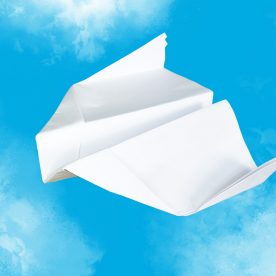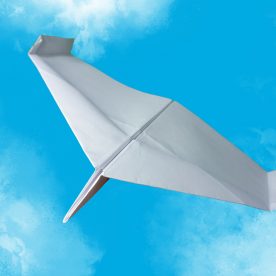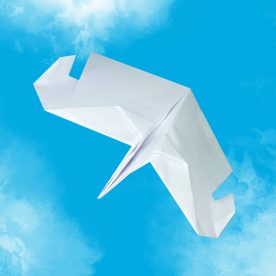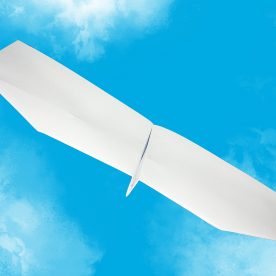Tips and Tricks for Making the Perfect Paper Airplane
Whether you are just starting out or have been flying paper airplanes for a while, there are some tips and tricks you can use to help you make the perfect paper airplane. Using these tips and tricks will help you get the most out of your paper airplane and have a fun time doing it.
Folding a paper airplane
Creating a paper airplane is a fun and educational activity. Whether you are a novice or a seasoned pro, you can make a paper airplane that you can proudly display. You can use a variety of materials for your plane.
One of the most important materials to use in folding a paper airplane is the paper. You can use paper of different thicknesses. This will not affect the outcome of your flight. But, if you have an odd shaped piece of paper, try using tape to hold it in place.
You can also use Post-It notes. Regardless of the material you use, you can find a paper airplane instruction online. You will need a piece of paper measuring 8.5 x 11 inches. You can fold it in half to create a paper airplane.
Adjusting the ailerons
Depending on the model of paper airplane, adjusting the ailerons can have a very large effect on the way that the plane will fly. For example, if you have a paper airplane that tends to stall, adjusting the center of mass can help you fix the problem. This will allow you to reposition the fuselage so that the plane will fly straight.
To adjust the ailerons of a paper airplane, you’ll need to make small folds in the wings. You can do this by folding the wings inward at the tips or by bending them outward. You’ll also need to adjust the trailing edge of the wing.
Adjusting the ailerons of a paper plane will help the plane turn left or right. However, it’s important to remember that if you make an adjustment to the ailerons, the model may also roll in the wrong direction.
Adjusting the rudder
Adding a rudder to your paper airplane can help you turn the aircraft. The rudder is a vertical control surface that sits on the rear of the plane. It helps counteract the greater drag that the outside wing creates. However, the rudder has limited impact on the turning of your paper airplane.
The rudder can be made by bending the wings in a small amount. It is usually not necessary to tape it in place. This makes it durable and easy to change.
The rudder can be adjusted to help make your paper airplane level or fly straight. It can also be used to fix a paper airplane that is stalling. If your paper airplane is too far forward or back, it can roll or stall. It can be fixed by adjusting the center of mass or by adjusting the elevators.
Adjusting the elevators
Increasing or decreasing the force on a paper airplane can dramatically change its flight. Generally, this force is called the lift. The lift keeps the plane in the air, but it also reduces forward speed. In addition, drag resists movement through the air. If the lift is increased, the airplane will climb, and if the lift is decreased, the airplane will descend.
The first step in adjusting the elevators of a paper airplane is to find the center of gravity. This is a point in the fuselage at which the airplane would balance if suspended from a string. The farther the center of gravity is from the front of the airplane, the more weight it will need to push the nose up. Similarly, the further the center of gravity is from the rear, the less weight it will need to pull the tail down.
Correcting the flight
Whether your paper airplane has stalled, isn’t flying level or wants to go somewhere else, there are a few ways you can correct it. Start by adding weight to the back of the plane, or adjusting the center of mass.
If your paper airplane is spinning, you may need to move the ailerons. If it is stalling, you can add or remove weight from the nose. Similarly, if your paper airplane is heading for the floor, you can adjust the elevators.
You can also try adding cool looking folds and cuts to the wings. This will help stabilize your paper aeroplane and give it more power. However, remember that cool looking folds can cause your paper airplane to be less stable and fly poorly.










